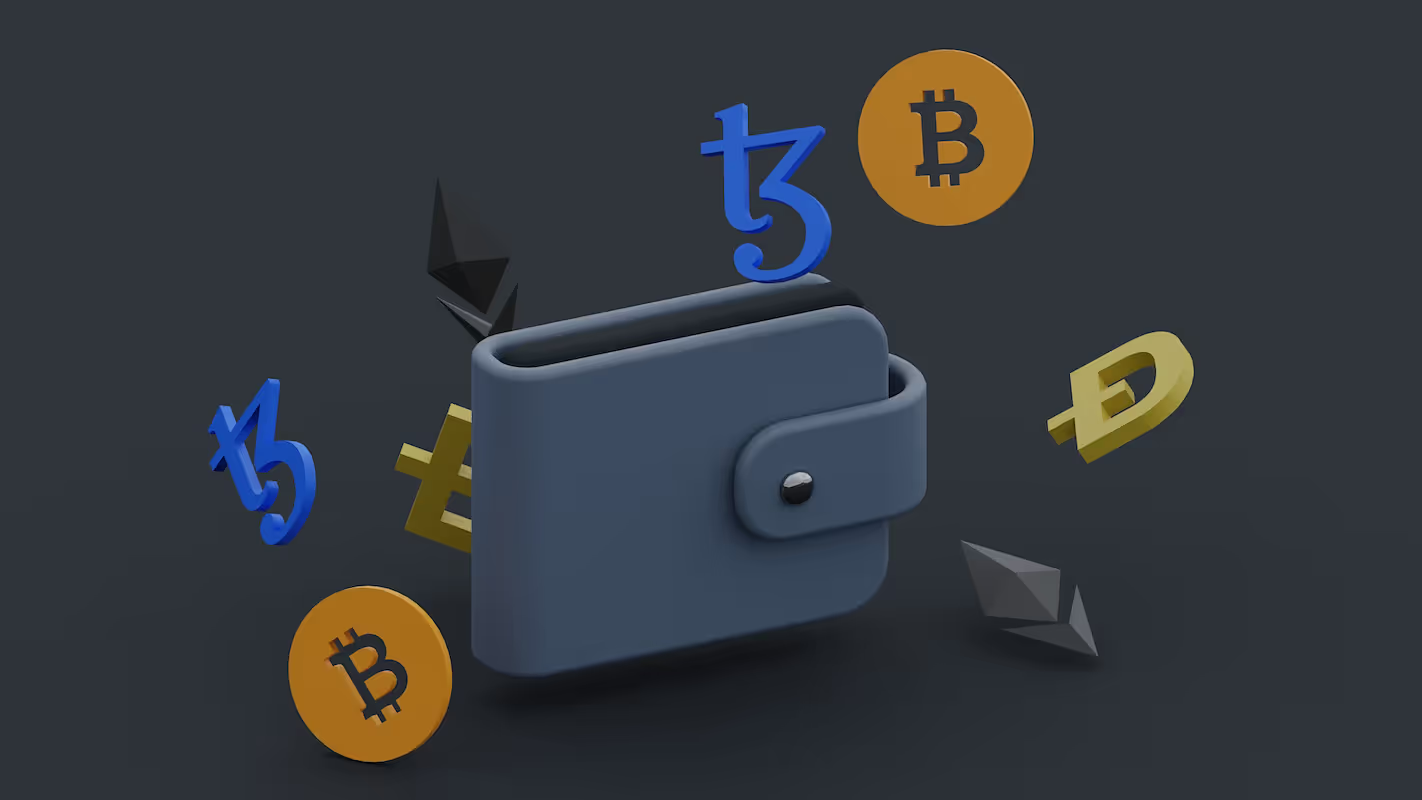Key Takeaways
Fee Prediction: Algorithms forecast the minimum sat/vB fee for timely transaction confirmation on the blockchain.
Data Analysis: They analyze mempool congestion and fees from recently confirmed blocks to make predictions.
Cost Optimization: Effective estimation helps users avoid overpaying fees while ensuring transactions are not delayed.
What is a Fee Estimation Algorithm?
A fee estimation algorithm is a predictive tool that calculates the optimal fee for a Bitcoin transaction to be confirmed by the network. It analyzes the mempool—the holding area for unconfirmed transactions—to recommend a fee, typically measured in satoshis per virtual byte (sat/vB). This allows users to set a competitive fee, ensuring their transaction for 0.01 BTC is processed without significant delay.
These algorithms function by studying real-time network congestion and the fees of recently confirmed transactions. This data modeling helps users balance cost against confirmation time. For example, during low traffic, a fee of 10 sat/vB might be sufficient, but during peak periods, an algorithm might suggest 120 sat/vB or more to secure a spot in an upcoming block.
Importance of Fee Estimation Algorithms in Bitcoin Transactions
Fee estimation algorithms are critical for navigating the Bitcoin network efficiently. They provide users with the necessary intelligence to make informed decisions about transaction fees, directly impacting both the cost and speed of their transactions.
- Cost-Efficiency: Prevents overpayment on transaction fees, saving users money.
- Timeliness: Suggests appropriate fees for prompt confirmation, avoiding unnecessary delays.
- User Experience: Simplifies the complex process of setting a suitable transaction fee.
- Network Health: Promotes a more stable and predictable fee market by informing user behavior.
- Resource Allocation: Helps miners prioritize transactions, contributing to the network's operational flow.
How Fee Estimation Algorithms Impact Transaction Speed
Fee estimation algorithms directly influence how quickly a transaction is confirmed on the Bitcoin network. By analyzing the competitive landscape of the mempool, they recommend a fee that acts as a bid for block space. A well-calculated fee places a transaction ahead of others, securing its spot in an upcoming block and minimizing wait times.
- Prioritization: Higher suggested fees signal greater urgency to miners, who prioritize these transactions for block inclusion.
- Forecasting: By predicting the market rate, algorithms help users meet the fee threshold for near-immediate confirmation.
- Adaptation: Recommendations change with network traffic, preventing transactions from stalling during periods of high demand.
- Inclusion: An accurate fee makes a transaction attractive to miners, securing its place in a block without delay.
Factors Influencing Fee Estimation Algorithm Accuracy
The precision of a fee estimation algorithm depends on its ability to process and interpret several dynamic network variables. Its accuracy is a direct reflection of the data it analyzes and the models it employs to predict miner behavior. A superior algorithm will consistently provide recommendations that align with the real-time state of the Bitcoin network.
- Mempool State: The volume and fee rates of pending transactions directly impact fee competition.
- Block Data: Analysis of fees from recently mined blocks provides a baseline for current rates.
- Network Hash Rate: Fluctuations in total computing power can alter block confirmation times and fee dynamics.
Common Fee Estimation Algorithms Used in Banking and Bitcoin
Both financial technology and cryptocurrency sectors apply several algorithmic approaches to predict transaction costs.
- Mempool: Scans the live pool of pending transactions to calculate a fee for priority processing.
- Historical: Examines fee data from recently mined blocks to forecast the current market rate.
- Probabilistic: Calculates the statistical chance of confirmation for various fee levels over set time intervals.
Future Developments in Fee Estimation Algorithms
Future fee estimation algorithms will likely integrate machine learning to provide more accurate predictions. These advanced systems will analyze a broader set of network indicators beyond just the mempool. This will lead to more precise fee suggestions, helping users save on costs while securing timely transaction confirmations. The evolution points toward smarter, more predictive financial tools for the Bitcoin network.
Fee Estimation: The On-Chain Key to the Lightning Network
The Lightning Network depends on the main Bitcoin blockchain for opening and closing payment channels, making on-chain fee estimation critical. An accurate fee forecast permits the timely creation of a channel without overspending. For time-sensitive operations like a forced channel closure, a precise fee is required to settle funds before a dispute period expires. This function makes fee estimation a foundational component for the security and operational integrity of the Lightning Network, directly linking Layer 2 speed with Layer 1 security.
Join The Money Grid
To access the full potential of digital money, you can join a global payments network like the Money Grid, which abstracts away the complexities of on-chain fee estimation. This infrastructure provides instant, low-cost Bitcoin transfers and Lightning Network integration by managing the underlying routing and liquidity, effectively solving the fee puzzle for your transactions.


